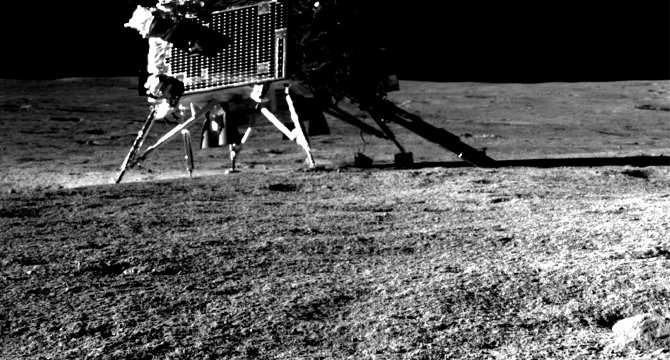Popsci
1M
294

Image Credit: Popsci
New evidence for water lurking under the moon’s poles
- Recent measurements from the Chandrayaan-3 mission reveal surprising variations in surface temperature on the moon's poles.
- The surface temperature discrepancies are attributed to factors like topography, thermal conductivity, and sunlight exposure.
- The moon's surface is covered with a 'fluff layer' that hinders heat conductivity, leading to significant temperature variations.
- Subsurface temperature plays a crucial role in the accumulation and retention of water on the moon.
- The Chandrayaan-3 data suggests that water ice might also be present outside the lunar poles due to suitable topographical features.
- This new study highlights the complexity of water accumulation and storage on the moon.
- Improved models for understanding water-ice migration and stability are being developed based on Chandrayaan-3 mission data.
- The research emphasizes the importance of firsthand data collection to enhance our knowledge of lunar water distribution.
- The presence of water under the moon's poles and surrounding regions signifies potential implications for future lunar exploration and research.
- Further investigations are essential to determine the exact amount and distribution of water ice on the moon.
Read Full Article
17 Likes
For uninterrupted reading, download the app